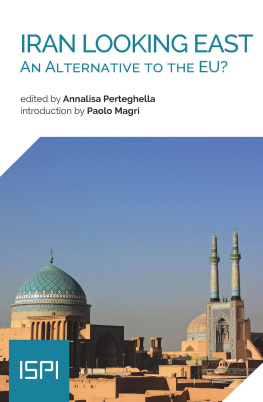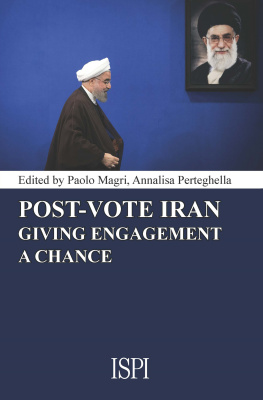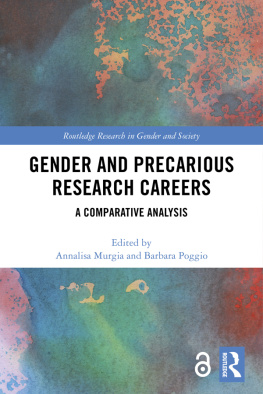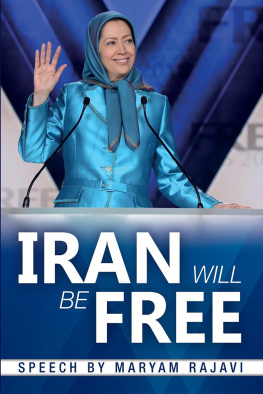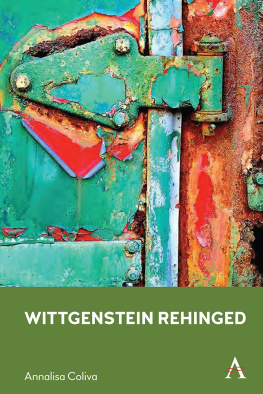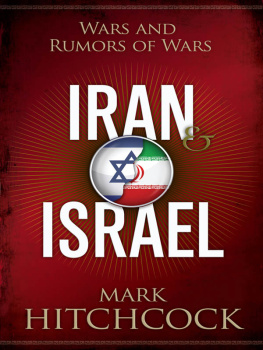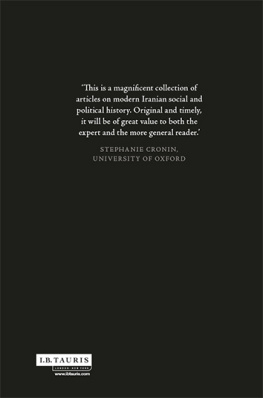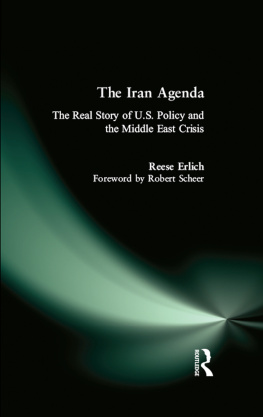2019 Ledizioni LediPublishing
Via Alamanni, 11 20141 Milano Italy
www.ledizioni.it
Iran Looking East. An Alternative to the EU?
Edited by Annalisa Perteghella
First edition: November 2019
This report is published by ISPI with the support of the Italian Ministry of Foreign Affairs and International Cooperation, in accordance with Article 23- bis of the Decree of the President of the Italian Republic 18/1967. The opinions expressed are those of the authors. They do not reflect the opinions or views of the Italian Ministry of Foreign Affairs and International Cooperation.
Print ISBN 9788855261470
ePub ISBN 9788855261487
Pdf ISBN 9788855261494
DOI 10.14672/55261470
ISPI. Via Clerici, 5
20121, Milan
www.ispionline.it
Catalogue and reprints information: www.ledizioni.it
Introduction
While reports of the death of the West are (for the time being) greatly exaggerated, it is certainly true that the world is witnessing a global power shift. As the current economic, financial, and demographic trends are shaping the Asian century, Western powers strike a pose of denial, indulging in navel-gazing and retrenching in nationalist policies that are ultimately aggravating the erosion of the Western blocks global primacy.
In the meantime, the shift in global economic power towards Asia away from North America and Western Europe is likely to continue. Financial flows and investment opportunities are following the same course, and this has strategic implications: China is a crystal-clear example of a country using financial resources to bolster its strategic position, extend its global influence and tighten its grip on neighbouring regions. Likewise, the USs reluctant exercise of hegemony is bringing about a transformation in the geopolitical power balance. Nowhere else this is more visible than in the Middle East, as gradual US disengagement paved the way for Russias prominent return to the warm waters.
And yet, this is hardly news: these dynamics have been in place since the early 2000s, thus raising the question of the relative decline of the West for global governance and, on this side of the Atlantic, for the EUs role in the world. What has changed today, however, is that the US and the EU no longer appear so close together in facing these global challenges. The 2016 US election marked a turning point, both in accelerating these global power shifts, and in weakening the transatlantic bond.
Iran offers a good case in point to grasp beneath the surface of these dynamics. It took ten years of painful negotiations to bring together the diverging interests of Iran, the US, China, Russia, and the EU. So it comes as no surprise that Trump administrations withdrawal from the JCPOA in May 2018 opened a serious rift in transatlantic relations. Since then, both the EU as a whole in the person of HR/VP Federica Mogherini and individual Member States have been voicing a vocal opposition to Trumps decision to trash the nuclear deal and to impose adamantine measures against Iran. The re-imposition of US secondary sanctions, in particular, has seriously damaged the EUs economic interests. At the same time, the de facto Western economic embargo on Iran has prompted Tehran to look for alternatives and strengthen its already burgeoning relations with countries like China, Russia, and India.
In some ways, Irans current approach is reminiscent of Irans Look East policy under Mahmoud Ahmadinejad (2005-2013), when crippling Western sanctions led Iran to seek a partner in the East. This time, however, Tehrans approach seems to be different: in turning to China, Russia, and India, Iran does not only aim to escape isolation by looking for all-weather partners. Rather, it seems prone to foster the creation of a multilateral framework for collective security alternative to the US-led one. This is the case of the Regional Security Dialogue framework, inaugurated in Tehran in September 2018, and of Irans bid for full membership in the Shanghai Cooperation Organization (SCO). What brings all these actors together is a revisionist approach to international relations, which is putting the Western-led international order to the test.
Indeed, Irans Look East policy is a perfect litmus test for both the global power shifts and the resilience of transatlantic relations. Against this backdrop, this Report analyses Iranian relations with China, Russia, and India, with a view to highlighting what brings these countries together but also what potentially can split them up: are these marriages of convenience or, rather, strategic partnerships set to stay? To what extent can they give rise to an alternative and compact power bloc? Which role is left for the EU in these new East-East power dynamics?
Irans Look East strategy is outlined in the first chapter. As Anoushiravan Ehteshami and Gawdat Bahgat put it, Tehran is trying hard to carve out a new place for itself in the post-JCPOA scenario. While the Iranian aspiration to climb the ladder of economic and military success in Asia is anything but new, in recent years this course has had a sudden acceleration. This latest enhancement of the Iranian Asianisation has been driven by the huge increase in energy demand from wealthy Asian economies and by the ambitious transnational infrastructural projects promoted in the region, but most of all by the Wests pushback against Iran endorsed by the Trump administration. Indeed, the decision to engage with the East is more a necessity than a deliberate choice: Tehran would be eager to engage with the West, especially European states, which are still perceived as the best for growth and technological development. The Iranian population, likewise, draws its cultural habits from Western countries, despite the aggressive US posture and the European indecisiveness that are slowly eroding the Wests soft power.
China plays a key role within the Iranian Look East strategy. As described by Jacopo Scita, over the last two decades Beijing has played an important role in toning down the international isolation imposed on Iran. It has grown as the countrys most important trade partner after the imposition of nuclear-related international sanctions in the early 2000s. The author notes that the Belt and Road Initiative (BRI) might be a turning point in the traditionally asymmetric Sino-Iranian relations. The BRI may lead to a more balanced relationship between China and Iran, as the latter is strategically located at the crossroads of Chinas interests in Central Asia, the Middle East and Europe.
The third chapter shifts the spotlight to Tehrans relations with Russia. Today, Moscow is trying to restore the influence it used to have in the Middle East before the 1990s and its political status as great power; to this end, it is trying to establish a dialogue with all the players in the chessboard. Iran thus becomes a crucial partner in Russian foreign policy. Indeed, the two countries worked together closely in Syria, and are looking to expand this intensive military cooperation. In spite of these forms of mutual support, the Iran-Russia relationship remains a pendulum swinging depending on contingent challenges. Max Suchkov and Polina Vasilenko claim that the mutual suspicion and distrust which originated in the 1990s between the two countries still affects their relationship today. While Moscow fears the risk of regional destabilisation brought about by some of Irans current regional policies, the latter still harbours a suspicion that Russia sooner or later will manipulatively use Tehran as a bargaining chip to reconcile its relationship with Washington.


